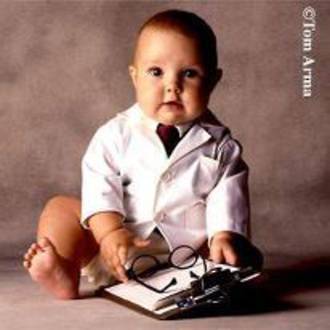Early Language Learning
|
We often have questions about what babies know or understand very early in life. Babies can’t answer these questions using words but they can tell us a lot by what they look at and for how long. By using the habituation technique we are able to find answers to some interesting research questions and add to our understanding of infant cognition.
|
You might also be interested in ...
The importance of drawing
It may look like just a whole lot of scribbles to you, but drawing is an important part of your children's development. Find out about the importance of drawing for young children and the many benefits it offers.
Learning to be resilient
Being resilient is an important life skill that can be taught from infancy and will help your child cope with change and uncertainty throughout their life. Parents cannot protect their children from facing disappointment forever, so children need to learn skills to cope as they face every day upsets and change. Find out why resilience is important, what influences resilience and practical ways to help develop your little one’s resilience.







Babies can’t answer these questions using words but they can tell us a lot by what they look at and for how long.
One of the research methods that we use is called habituation. We start a habituation study by showing babies something interesting (a video or a puppet show).
At first babies are interested, but they gradually lose interest and start looking away. We repeat this process until the official criterion for short looking time has been met and we are certain that they are bored. In technical terms, we establish that babies have habituated to the stimulus.
Then, in the test trials we show babies something slightly different. If babies realize that we are showing them a new event, they will become interested and start looking longer again. Infants’ interest and disinterest can tell us what they are paying attention to.
Thanks to this technique, we were able to find answers to some interesting research questions and add to our understanding of infant cognition!
Check out these two studies that used the habituation paradigm:
What do babies understand about speakers of different languages?
Do babies generalize object labels & preferences across different speakers?
Check out our other Hot Topics on:
Source: This article was written by Early Learning Lab.